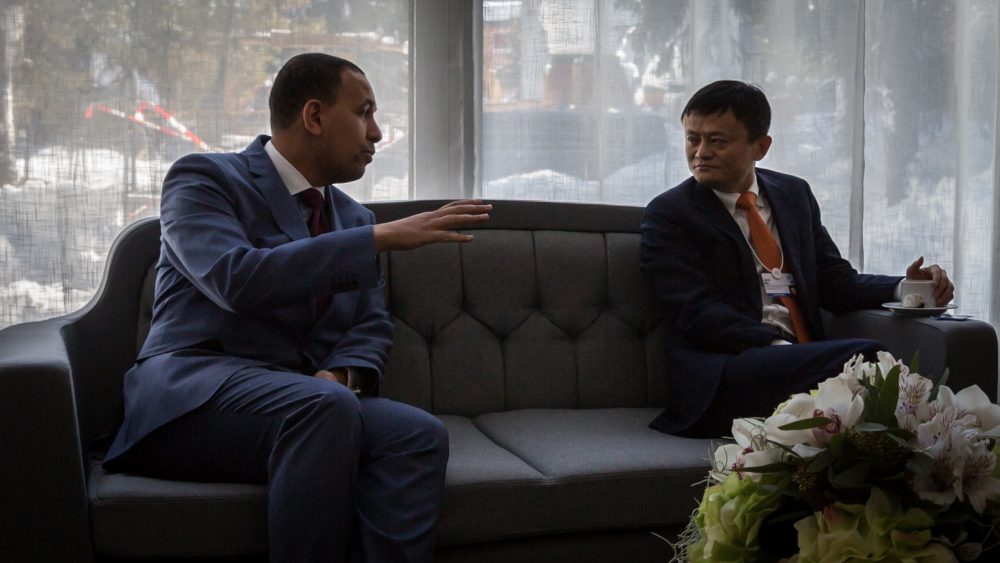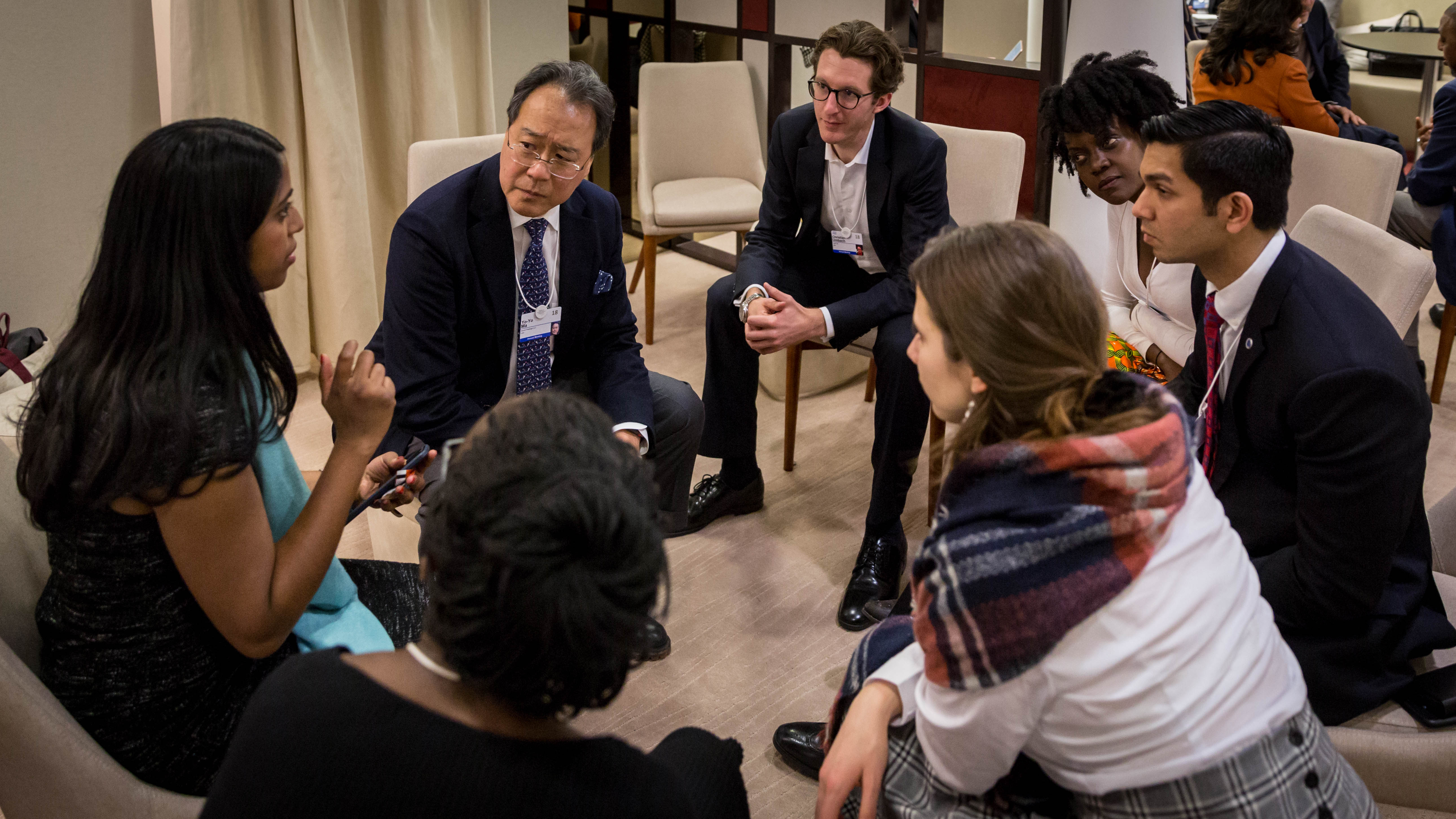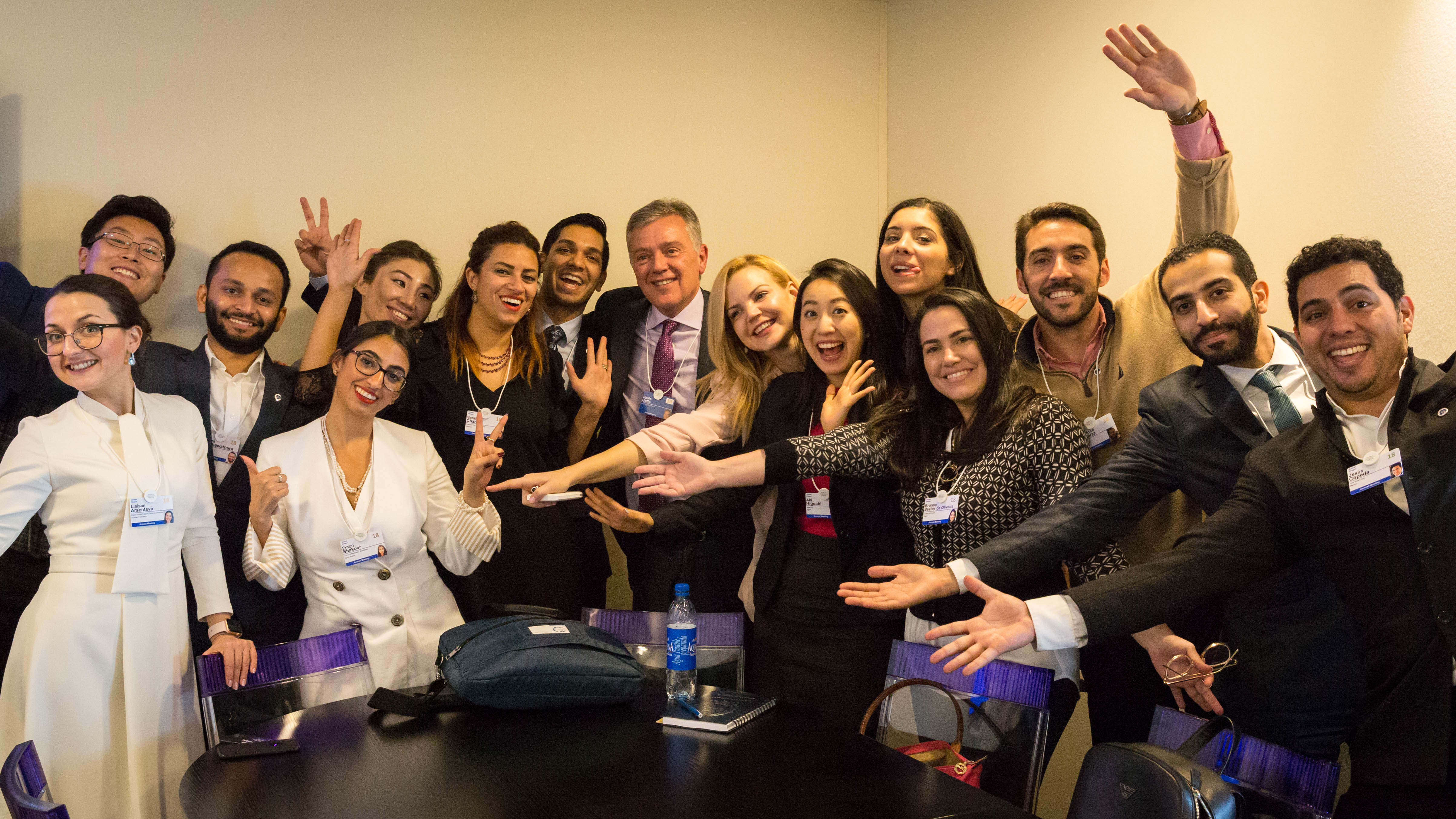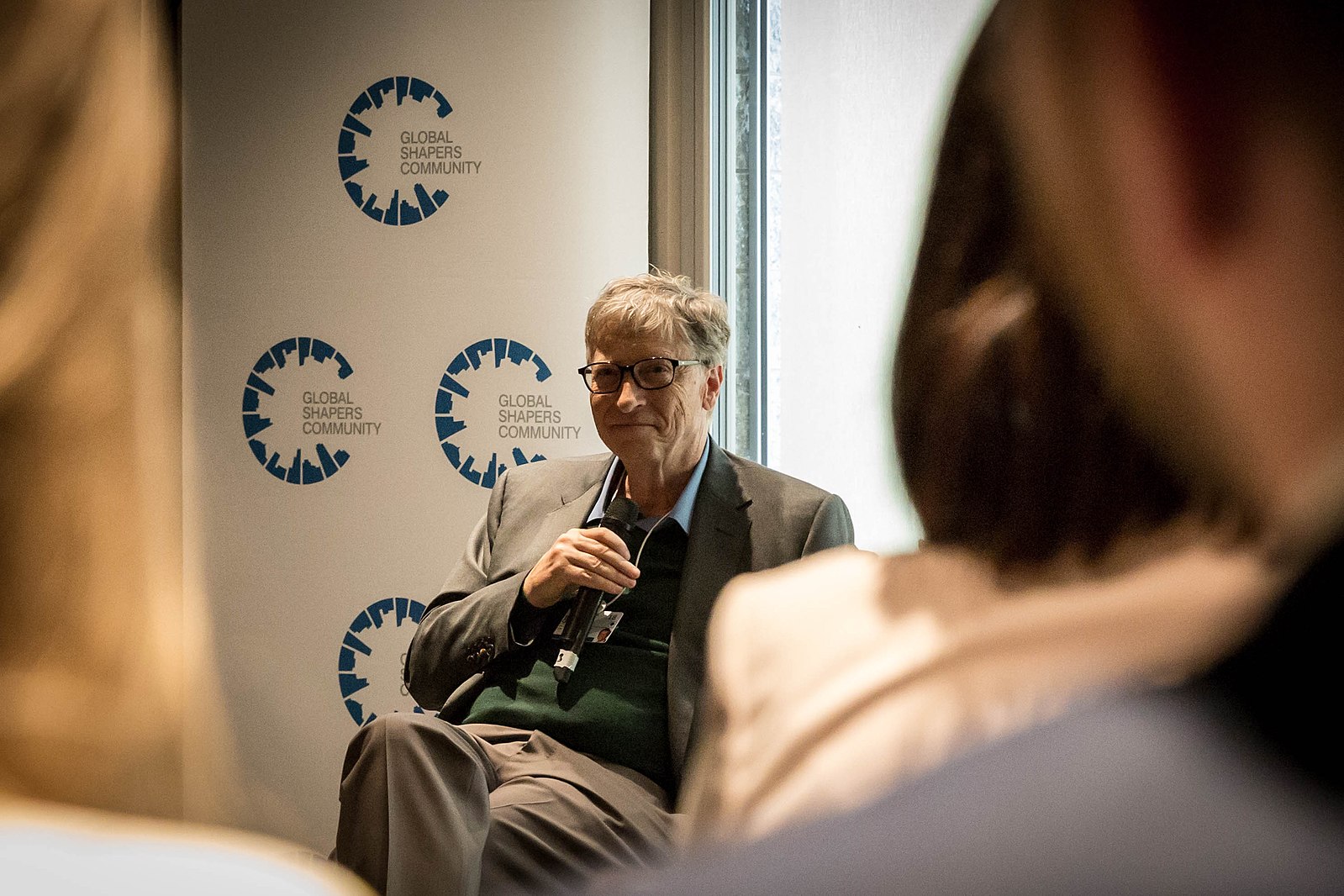Nowadays, we, unfortunately, think of young people as being the problem rather than the solution. Take the fields of youth unemployment, education, and mental health as an example. It is commonplace to think that adults will help to solve the issues that are plaguing our youth. But, some organizations believe the youth have a unique take on solving the world’s toughest problems and should be the ones heading up initiatives that directly benefit their own generation.
Most notably, the World Economic Forum has proven that they are experts at empowering young people. Its Global Shapers Community, a network of young entrepreneurs, change-makers, innovators, and activists who start local hubs around the world to design and execute local initiatives within their own communities, spans 378 cities worldwide and empowers over 7,000 of the world’s most successful young leaders. A program that doesn’t pay its curators or its members, the Global Shapers Community hardly sounds possible. There is not a second program of its kind and its network is one of the most engaged. So, how does the World Economic Forum accomplish this?

To learn more about the mechanics, I chatted with Wadia Ait Hamza, the Head of the World Economic Forum’s Global Shapers Program. He shares with me three key strategies that the WEF employs to engage their young community of entrepreneurs.
1. Develop a Proven (and Scalable) Framework
Every successful youth-driven initiative needs to have some sort of framework – initially, young people need to have some idea of what they’re trying to accomplish, so establishing the purpose of an initiative is a great place to start in establishing such a framework. Particularly, Wadia says: “The Global Shapers Community has one basic core element in that we see young people as part of the solution and not the problem. Our belief is that solutions don’t come from the top-down, so we give youth the materials, suggestions, to set up a local hub where they’re based. Basically, we believe in a world where young people are central to solution building, policy-making, and lasting change.” Additional to the fact that the Global Shapers Community is the only community of its scale that is youth-driven, its framework has been tried and tested over 300 times through its hubs, so it has been able to figure out KPIs, general guidelines, etc. that are pivotal to a hub’s success.

At the same time, its guidelines are not so strict as to leave no freedom to innovate, to do something different. It is this balance that allows a community to be able to not only succeed but also do so at scale. So, finding a balance between rigid guidelines and providing youth with space to innovate and explore is the key to developing a successful framework that can be implemented at scale.
2. Allow Young People Ownership Over Their Work
After you’ve developed a successful framework for your initiative, it’s time to consider how you’ll engage the youth in the community you’re trying to build out. The truth is, young people aren’t interested in doing work they have no ownership over. That’s why the Global Shapers Community supports young people in creating and running their hubs instead of running initiatives on their behalf. Wadia explains, “Our work is about amplifying the voice of youth. We have powerful teams of young people doing great things already so we trust in their abilities to self-organize their own hubs, hubs that truly belongs to the young people who put in the work to build out their entrepreneurial communities. We are a platform that supports them.”

This is the key to the Global Shapers Community’s scaling strategy – allowing young people to own their work with support from an organization as reputable as the World Economic Forum. Such a strategy is psychologically sound as well. This study conducted at the University of Illinois lends credence that youth are more driven and motivated to work when they are the pioneers driving an initiative forward. When you’re developing your own youth initiative, definitely keep in mind that, to truly engage youth, you’ll have to give them a seat at the table. Doing so makes your initiative not only authentic but also personal – what’s better than youth working together to solve the very problems that are plaguing their own generation?
3. Provide Guidance and Support, But In Moderation
Having a successful framework and allowing youth to take ownership over their work isn’t always enough, however. That’s why you, as the entrepreneur, the leader of the initiative, should stay involved in supporting the young people who are hustling to make the movement a success. As Wadia shared earlier, the World Economic Forum “empowers young people and trusts them.” As an example, the Global Shapers Community will be developing a menu of projects, which Hubs can decide to join and execute at the local level. This guidance is only to support hubs that would like support. For the ones that have already launched local projects, there is no constraint in joining.
Although youth are oftentimes very passionate about working towards a cause, they’ll need your support. This is where support from successful leaders can be incredibly helpful. From personal experience, having co-founded a youth business education non-profit organization and composing an advisory of some of the industry’s top business leaders, I can say that running a youth-run organization with the support of seasoned business leaders accelerates the learning process substantially. This is an area I’ve seen other organizations fall short on. Well-intentioned organizations, including mayoral youth boards, often have figurehead leaders (for namesake) who meet infrequently with their youth. Particularly with respect to youth-run initiatives, guidance is almost pivotal. Without it at all, you’ll have a group of youth who may fall into common pitfalls that can be easily avoided via guidance; making mistakes is ok (I would even call it great for these reasons) but not ideal from a return-on-time-invested point of view. Too much of it? Well, then the initiative turns into something that isn’t youth-run. That’s where authenticity falls off a cliff and never returns.

The World Economic Forum built its Global Shapers Community with these three powerful strategies – and you could very well do the same. Found that organization you’ve always wanted to. Start that initiative you’ve been meaning to. You might be surprised how powerful youth engagement is in making a movement successful, but you’ll have to find out with action.
To learn more about the Global Shapers Community and examples of projects launched at the local level, visit www.globalshapers.org.
This is a Contributor Post. Opinions expressed here are opinions of the Contributor. Influencive does not endorse or review brands mentioned; does not and cannot investigate relationships with brands, products, and people mentioned and is up to the Contributor to disclose. Contributors, amongst other accounts and articles may be professional fee-based.
